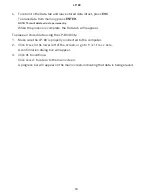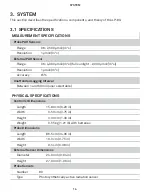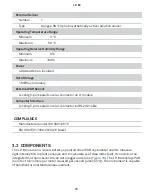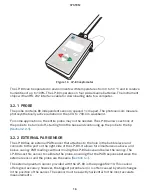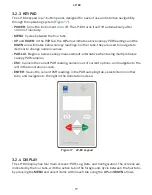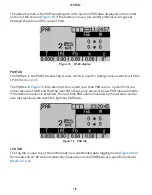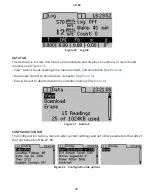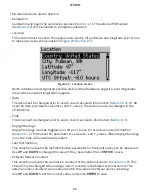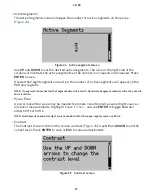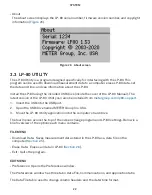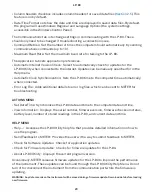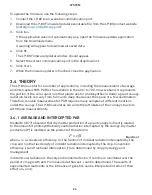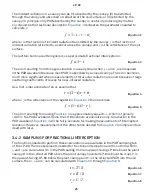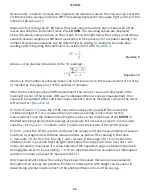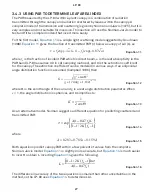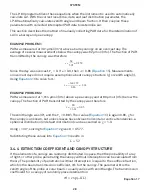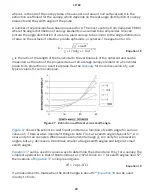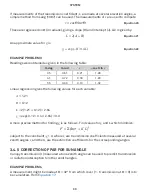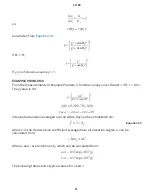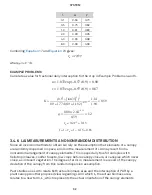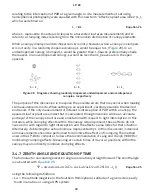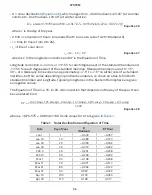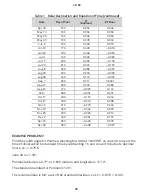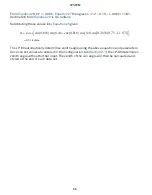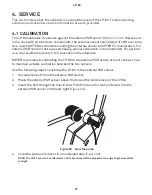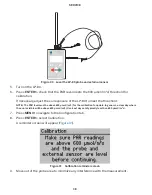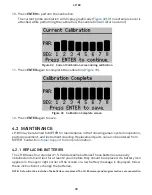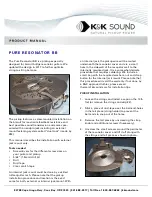
24
SYSTEM
To update the firmware, use the following steps:
1. Connect the LP-80 to an available communication port.
2. Download the LP-80 Firmware Updater executable file from the LP-80 product website
).
3. Click
Run
.
If the application does not automatically ask, open the firmware updater application
from the Downloads menu.
A warning will appear to download all saved data.
4. Click
OK
.
The LP-80 Firmware Updater window should appear.
5. Select the correct communication port in the dropdown list.
6. Click
Start
.
7. When the firmware updater is finished, close the application.
3.4 THEORY
The LP-80 is useful for a number of applications, including the measurement of average
and intercepted PAR. PAR is the radiation in the 400- to 700-nm waveband. It represents
the portion of the solar spectrum that plants use for photosynthesis. Under a plant canopy,
radiation levels can vary from full sun to deep shade over the space of a few centimeters.
Therefore, reliable measurement of PAR requires many samples at different locations
under the canopy. The LP-80 calculates LAI and other attributes of the canopy structure
with these measurements.
3.4.1 AVERAGE AND INTERCEPTED PAR
Monteith (1977) observed that dry matter production of a plant canopy is directly related
to the amount of photosynthetically useful radiation intercepted by the canopy. Dry matter
production (
P
) is modeled as the product of three terms:
Equation 1
=
P efS
where
e
is a conversion efficiency,
f
is the fraction of incident radiation intercepted by the
crop, and
S
is the flux density of incident radiation intercepted by the crop. Conversion
efficiency (
e
) and fractional interception (
f
) are determined by crop physiology and
management.
Incident solar radiation is the only environmental factor. If
f
and
S
are monitored over the
period of crop growth and
P
is measured at harvest,
e
can be determined. The results of
experimental treatments or the influence of genetics can be interpreted in terms of their
effect on
e
and
f
.




